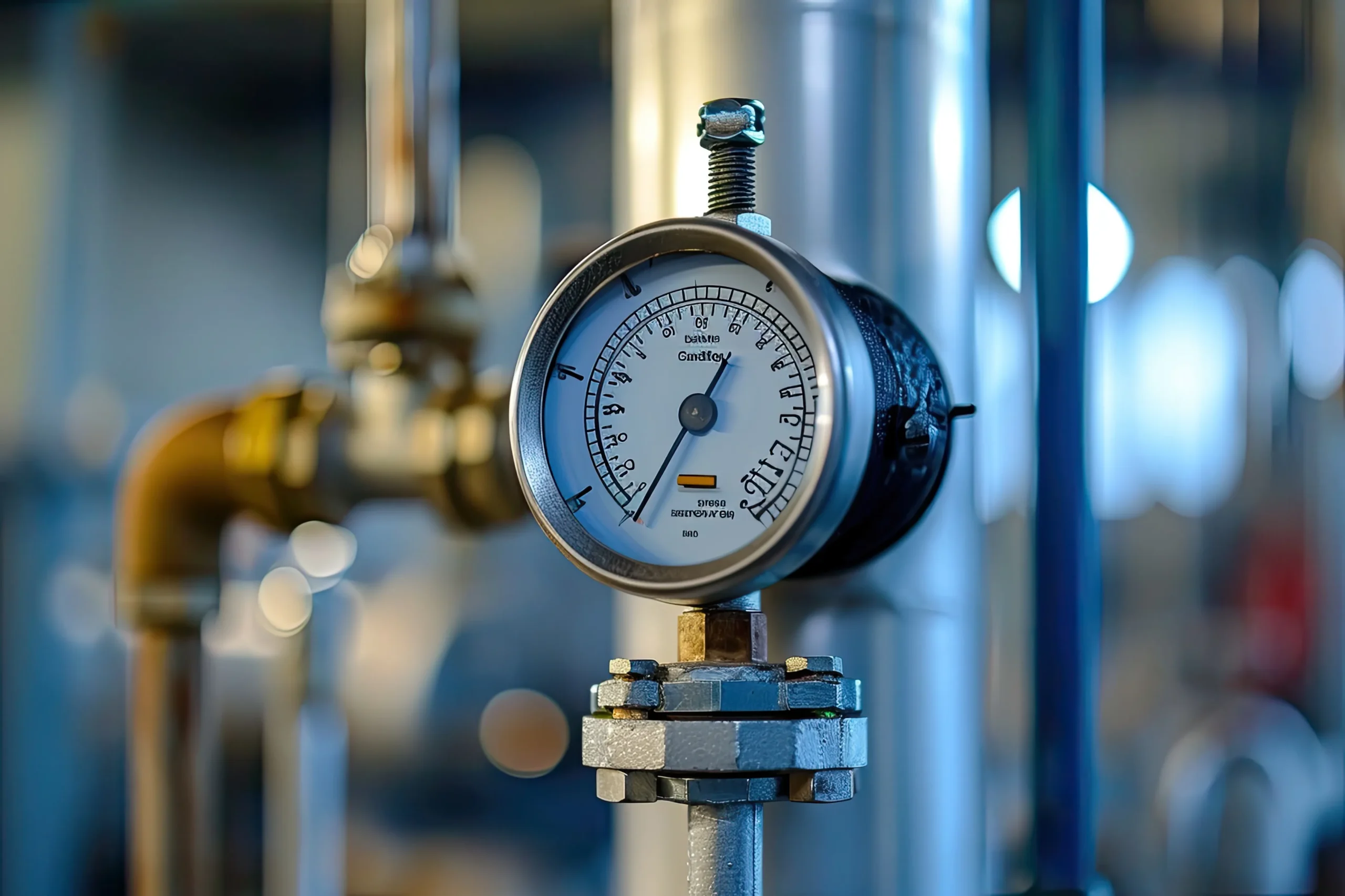In Saudi Arabia’s demanding industrial landscape, from scorching deserts to high-stakes oil and gas facilities, precision isn’t just a goal; it’s a necessity. At Prime Innovation, we understand that even the slightest deviation in pressure or temperature measurements can compromise safety, efficiency, and compliance. Harsh environments amplify these risks, making calibration not just a routine task but a critical safeguard.
1. Know Your Environment: Tailor Solutions to Extreme Conditions
Harsh environments vary, extreme heat, sandstorms, humidity, or corrosive atmospheres. Each factor impacts instruments differently. For instance:
- Thermal shock from rapid temperature swings can warp sensor components.
- Sand and dust ingress can clog pressure ports or damage sensitive electronics.
- High humidity in coastal areas accelerates corrosion.
Prime Innovation’s Approach: We conduct site-specific risk assessments to design calibration protocols that account for regional challenges. Our teams are trained to address Saudi Arabia’s unique climate, ensuring instruments perform reliably in the face of adversity.
2. Invest in Rugged, Adaptive Equipment
Not all calibration tools are built equal. In harsh settings, equipment must withstand environmental stressors while maintaining accuracy.
- Opt for IP-rated devices resistant to dust and moisture.
- Use temperature-compensated pressure sensors to minimize drift.
- Leverage wireless calibrators for real-time adjustments in hard-to-reach areas.
Prime Innovation’s Edge: We deploy cutting-edge technologies like IoT-enabled calibrators and automated systems, reducing human error and enhancing efficiency. Our tools are selected for durability, ensuring consistent performance even in 50°C heat or during sudden sandstorms.
3. Shorten Calibration Intervals
Extreme conditions accelerate instrument wear. While annual calibrations may suffice in milder climates, harsh environments demand more frequent checks.
- Monitor drift patterns to predict recalibration needs.
- Implement condition-based maintenance triggered by environmental exposure (e.g., post-sandstorm inspections).
Prime Innovation’s Protocol: We use predictive analytics to recommend dynamic calibration schedules, preventing unexpected failures.
4. Embrace Real-Time Monitoring and Digital Solutions
The future of calibration lies in digital innovation.
- Remote monitoring systems track instrument health 24/7.
- Digital twins simulate environmental impacts on equipment, enabling proactive adjustments.
5. Prioritize Training and Expertise
Even the best tools falter without skilled hands. Technicians must understand how environmental stressors interact with instruments.
- Train teams on environment-specific troubleshooting.
- Certify staff in global standards (ISO/IEC 17025) and regional regulations.
Prime Innovation’s Commitment: Our ASEER-certified technicians undergo rigorous training in harsh-environment calibration, blending global best practices with local expertise.
6. Validate Compliance, Every Time
In sectors like oil and gas, non-compliance isn’t an option. Calibration must align with:
- ISO 9001 for quality management.
- API standards for hydrocarbon operations.
- SASO regulations for Saudi market compliance.
Prime Innovation’s Assurance: We don’t just meet standards, we exceed them. Our accredited labs provide traceable certifications trusted by many multinational partners.
Conclusion: Turn Pressure into Precision
In harsh environments, calibration is your first line of defense. At Prime Innovation, we blend technology, expertise, and local insight to deliver solutions that thrive under pressure.






